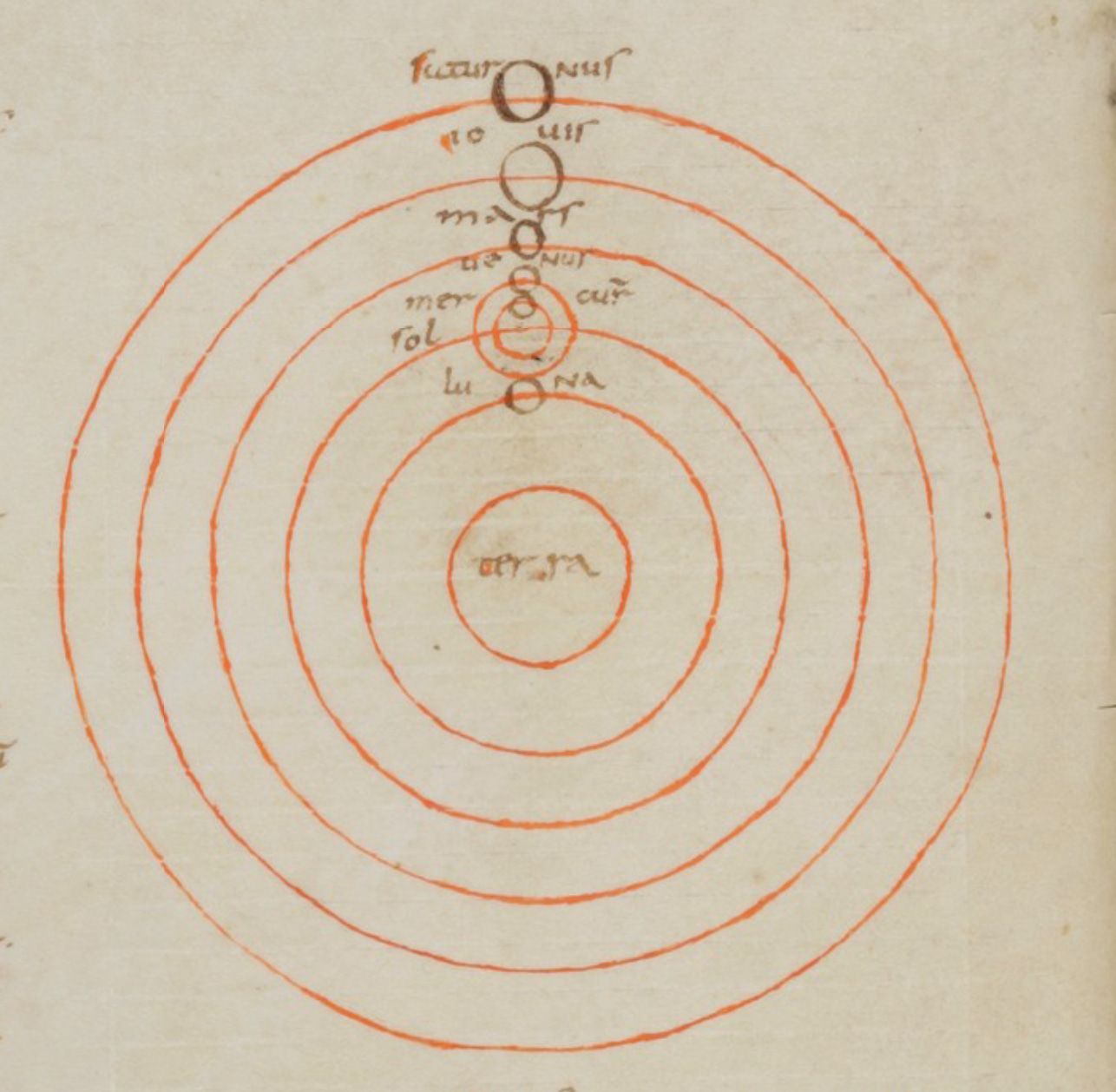Defaulting to perfection

A 9th-century diagram of the Ptolemaic system with Earth at the centre, then the Moon (Luna), Sun (Sol), Mercury, Venus, Mars, Jupiter and Saturn, St. Gallen, Stiftsbibliothek, Cod. Sang. 248
The myth that medieval people thought the Earth was flat has long been debunked. Nevertheless, it persists in the imagination of many today. Periodically, popular …
Keep reading with a 7-day free trial
Subscribe to Biblonia to keep reading this post and get 7 days of free access to the full post archives.

